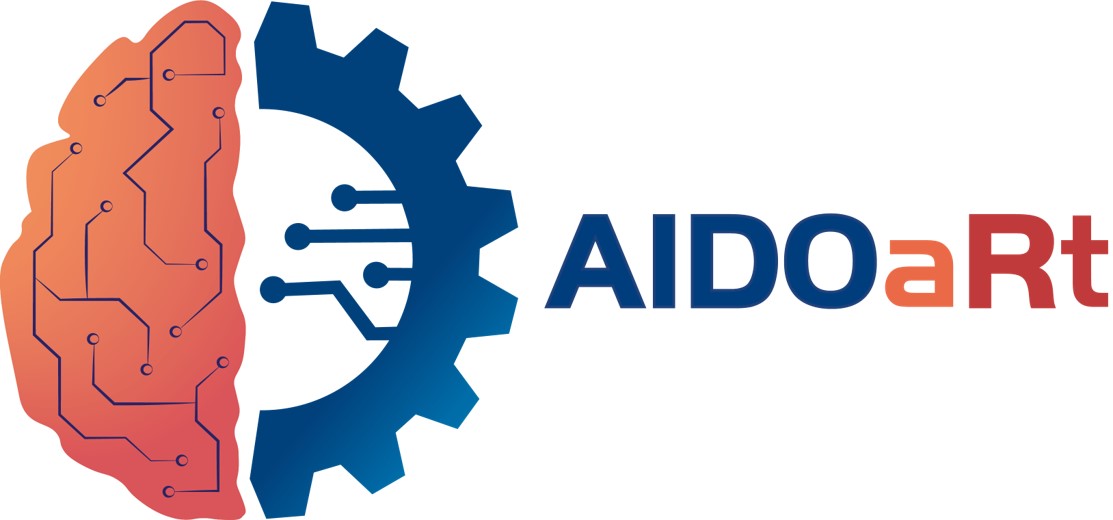Text
AI for Traffic Monitoring Systems

Photo:https://unsplash.com/
In CAMEA, a family of traffic monitoring systems is being developed. These systems are video-based (reading licence plates), radar-based (detection of objects and measuring their speed), using other sensors or a combination of the mentioned ones. Usually they can serve for traffic AIDOaRt enforcement (spot speed or speed averaging), statistics and/or information purposes.
Currently, most of the systems are based on conventional (often cutting-edge) methods typically running on powerful computers. Within current development, we are aiming for standalone sensors (nodes) with their own processing capability. These sensors have embedded, relatively low-power consumption platforms such that they can operate without stable power supply by using batteries (e.g. recharged from lightning poles overnight). As well, the weatherproof requirement of the sensor has to be met and thus low heat dissipation is a goal at the same time (it operates in a sealed box without active cooling).
The selected algorithms (or their configurations) have to be appropriate with respect to the selected platforms and the tasks we are aiming for while ensuring power-aware operations at the same time. As low-power devices (sensors) are critical for CAMEA, we are trying to meet these requirements at design time.
First, we are looking for a suitable (mostly embedded) platform. Such system has to have at least some portion of processing power in order to be able to pre-process data. Then, some advanced algorithms are necessary. Those could be either too power-hungry or they could be configured for lower load but would not meet the requirements mentioned before. In this respect, by using AI better algorithm configuration and setup could be done and hence an optimal solution derived. Improving the power-aware development process of video-based systems, radar-based systems, or their fusion using AI can help us in tuning specific parameters and configuration of algorithms in a much faster and sophisticated way or in finding better solutions. This can result in increased competitiveness of our systems as we can faster react to changing demands of the market and the requirements of our customers. As well, this can relieve developers from time pressures.



%20European_Commission%20logo.png)
%20Picture2.png)
